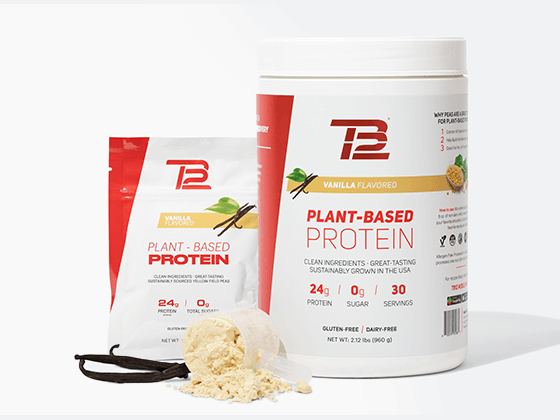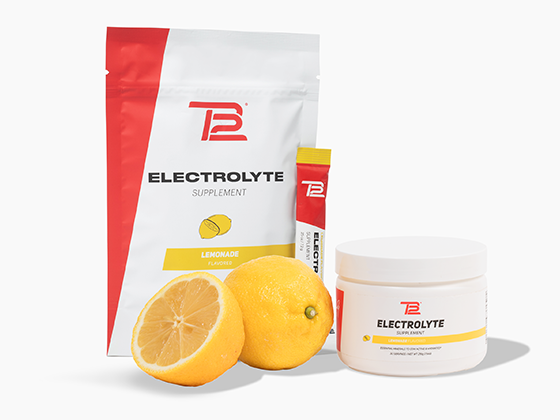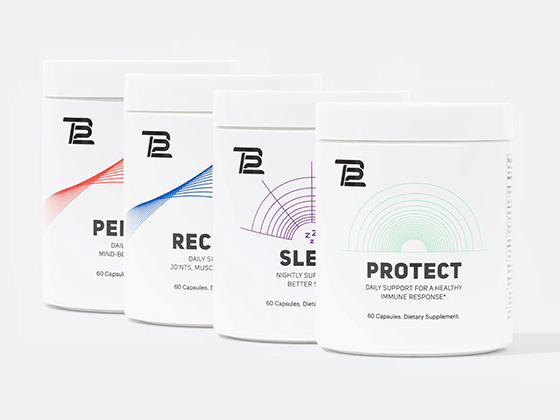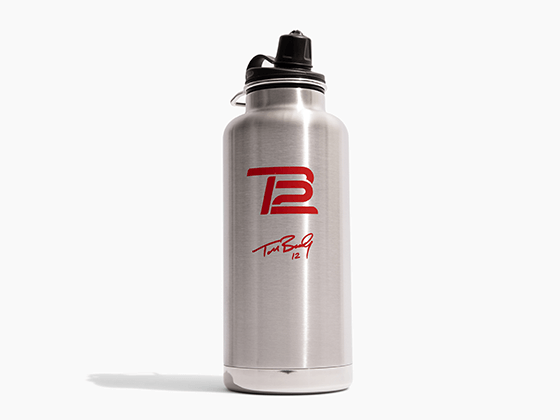If there's one thing we have plenty of these days, it's non-perishables. As people who like their dairy in moderation, that's good news. That's because most of our favorite non-dairy alternatives are either pressed for their liquid, milled into flour or soaked, and blanched in water - meaning they don't need to be refrigerated (at least before opening).
With so many non-dairy milk alternatives trending at your local grocer, we wanted to help take the guesswork out of which one is right for you.
Things to Note: The below will vary if purchased commercially or made at home. We’ve assumed commercial purchase. How it’s made is loosely based on commercial production. You can make most of these milks at home and improve their nutritional value. "Enriched" refers to nutrients that were originally in the food, but lost during processing, are added back in, while "fortified" refers to nutrients that were never in the food and are later added.
Hemp Milk
Hemp milk is made by blending hemp seeds with water, which is then strained to make the final product.
Pros:
- Good source of healthy fats: Omega 3 and omega 6 -Rich in the amino acid arginine, which may lower inflammatory markers and improve blood flow
- May be fortified with Calcium, phosphorus, Vitamins A, B12, and D.
Cons:
- Less protein than cow’s milk (1 cup contains roughly 3g protein)
- May contain added sugar and other additives to improve shelf life and consistency - check the nutrition facts label and ingredient list
Almond Milk
Almond milk is made by peeling, blanching (to make the drink white), soaking, and blending almonds to make a liquid. This is then strained to create almond milk.
Pros:
- Low calorie
- Rich in Vitamin E
- May be enriched with Calcium and Vitamin D
Cons:
- Low protein
- Fiber found in the nut has been removed
- It takes roughly 1500 gallons of water to produce just one quarter gallon of almond milk
- May contain added sugar and other additives to improve shelf life and consistency - check the nutrition facts label and ingredient list
Oat Milk
Oats are soaked and ground up, then enzymes are added to further break down the oat. The product is strained to remove the bran and the final product is oat milk.
Pros:
- Arguably the most sustainable dairy alternative
- May be enriched with Vitamins A, D, and B12, along with calcium, potassium, and iron
Cons:
- During processing, oats are broken down into their individual sugar molecules then added to water – because of this, they are considered an added sugar.
- May contain added sugar and other additives to improve shelf life and consistency - check the nutrition facts label and ingredient list
Pea Milk
Yellow peas are milled into flour, which is then separated into the protein and the starch and fiber. The protein is then further processed and blended with water.
Pros:
- High protein (1 cup = 8g Protein)
- Rich in Calcium, Iron, and Vitamin D
- Contains Omega 3 (brand dependent)
- Peas are a sustainable and environmentally friendly food
Cons:
- May be high in added sugar (brand dependent)
- Fortified with vitamin D2, which is less absorbable (brand dependent)
- May contain added sugar and other additives to improve shelf life and consistency - check the nutrition facts label and ingredient list
Cashew Milk
Cashew milk is made by peeling and soaking the nuts, which are then ground up blended with water and strained to make cashew milk.
Pros:
- Low calorie
- Fats come from heart healthy mono- and polyunsaturated fats
- A great source of iron and zinc
- Rich in antioxidants: lutein and zeaxanthin, which may help with eye health
Cons:
- Low protein
- May contain added sugar and other additives to improve shelf life and consistency - check the nutrition facts label and ingredient list
- If you have an allergy to tree nuts, skip this.
Coconut Milk
The flesh of the coconut is ground up and boiled in water. The fat is then skimmed off the liquid is strained to produce the final product.
Pros:
- A great source of many minerals like iron, copper, manganese, and selenium
- A good source of the medium chain triglyceride (MCT) lauric acid, which may help the body fight infections.
Cons:
- High calorie
- High in saturated fat
Beyond their shelf life, we love dairy alternatives for their unique nutrient profiles that can include healthy fats, amino acids, and essential vitamins and minerals. For those of us with dairy intolerances, milk alternatives can help you enjoy your favorite recipes without straining your digestive system.
Whatever your reason for seeking out a dairy alternative may be, we hope that you are able to use this as a guide to help find the right beverage for you!







